Stacking doors offer energy efficiency, enhance safety, provide aesthetic appeal, ensure ease of maintenance, and increase property value.
Space Efficiency
When discussing doors, especially in compact environments, the concept of space efficiency takes precedence. Stacking doors, by design, are a testament to this principle, offering a solution that both elevates the aesthetic of a space and maximizes its utility.
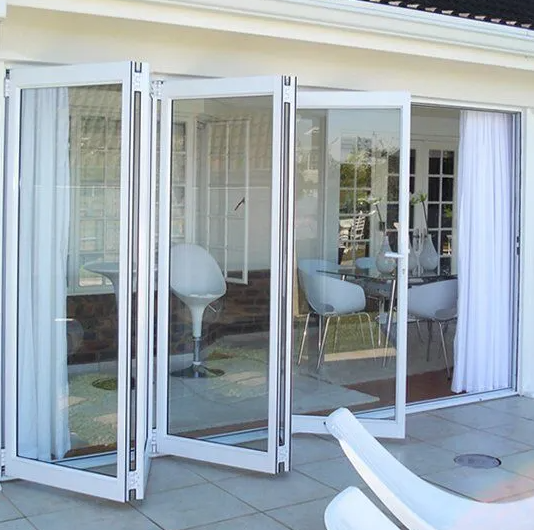
Maximizing Useable Space
Stacking doors, unlike traditional hinged doors, operate by sliding panels behind or in front of each other. This design ensures that no additional space is required for the door to open or close. In rooms where every inch counts, such as small apartments or confined office spaces, stacking doors allow for furniture and other items to be placed closer to the door without hindrance. For example, in a balcony setting, you can place your furniture right next to a stacking door, whereas a traditional door would require space for its swing arc. This means more room for your desired furniture layout, creating a more spacious and functional living area.
Eliminating Door Swing Radius
The swing radius of a traditional door can dictate the design and functionality of a space. This is especially evident in smaller rooms where the door’s swing can obstruct furniture placement, pedestrian traffic, or even the overall design aesthetic of the room.
With stacking doors, this problem is non-existent. The doors slide parallel to the wall, ensuring that no additional space is taken up in the room. This not only gives homeowners and interior designers more freedom in terms of furniture placement and room design but also eliminates potential hazards or obstructions caused by a swinging door.
Aesthetic Appeal
The aesthetic appeal of a door is not just about its function; it’s also about how it complements and enhances the design of a space. Stacking doors stand out in this regard, offering a blend of modernity, versatility, and elegance that can transform any environment they’re placed in.
Modern and Streamlined Design
Stacking doors epitomize the modern design ethos. Their sleek, straight lines, and the ability to create wide, uninterrupted views make them a favorite for contemporary architecture and interior design. Unlike traditional doors, which can sometimes break the visual flow of a space due to their frames and hinges, stacking doors offer a seamless integration with the wall, often appearing as if they’re a natural extension of it. This seamless look is particularly coveted in modern homes and offices, where minimalist designs and open concepts dominate. A glimpse into the history of door designs on Wikipedia will reveal just how transformative and avant-garde the introduction of stacking doors has been in the realm of architectural design.
Variety of Materials and Finishes Available
One of the standout features of stacking doors is the myriad of materials and finishes they come in. Whether it’s wood for a more classic, warm feel or aluminum for a futuristic, sleek look, there’s something for every taste. Glass panels, often a favorite for these types of doors, can come in clear, frosted, tinted, or even patterned designs. The choice of material not only dictates the door’s look but also its weight, insulation properties, and durability. So, whether one is going for a rustic appeal or a chic industrial vibe, there’s a stacking door to meet that need.
For a deep dive into door materials and their properties, you might find the Wikipedia section on door materials insightful.
Flexibility in Customization
Stacking doors shine when it comes to customization. Given that they’re often used in spaces where design takes center stage, the ability to customize every aspect of the door, from its size to its handle type, is a significant advantage. Some homeowners opt for extra-wide panels for a grander view, while others might prefer narrower panels for a particular design aesthetic. Additionally, the way these panels stack – whether they disappear into a wall pocket or stack externally – can also be customized. This flexibility ensures that stacking doors can be tailored to meet the specific design and functional requirements of any project.
Enhanced Indoor-Outdoor Connection
The essence of architecture and interior design often lies in the ability to harmonize the indoors with the natural outdoors. Stacking doors play a pivotal role in achieving this seamless integration, cultivating an immersive experience that bridges the divide between the interior space and the external environment.
Offering Larger Unobstructed Views
A significant feature of stacking doors is their ability to provide expansive, unobstructed views. Traditional doors or windows may have mullions, frames, or other obstructions that can segment and obstruct the view. In contrast, stacking doors often come with large glass panels that, when opened, slide over each other, ensuring that there’s minimal framework blocking the view. This design creates an almost cinematic viewing experience, whether it’s of a lush garden, a sparkling cityscape, or a serene beach. It’s no wonder that many modern homes, especially those with picturesque surroundings, opt for stacking doors. For those curious about the evolution of doors and their role in offering views, the Wikipedia page on doors provides an intriguing read.
Seamless Transition between Interior and Exterior Spaces
With stacking doors, the boundary between indoors and outdoors feels almost imaginary. When these doors are fully open, there’s a smooth flow from the inside of a house to the external environment. This transition is not just visual but also physical. Without the typical barrier of a traditional door, residents can move freely between spaces, which is particularly beneficial during social gatherings or parties.
Improved Ventilation and Natural Light
Bringing nature’s bounty indoors is a quest that many homeowners and designers cherish. Improved ventilation and the embrace of natural light can transform spaces, promoting health, well-being, and energy efficiency. Stacking doors are instrumental in achieving this, functioning as gateways that usher in the freshness of the outdoors and the radiance of the sun.
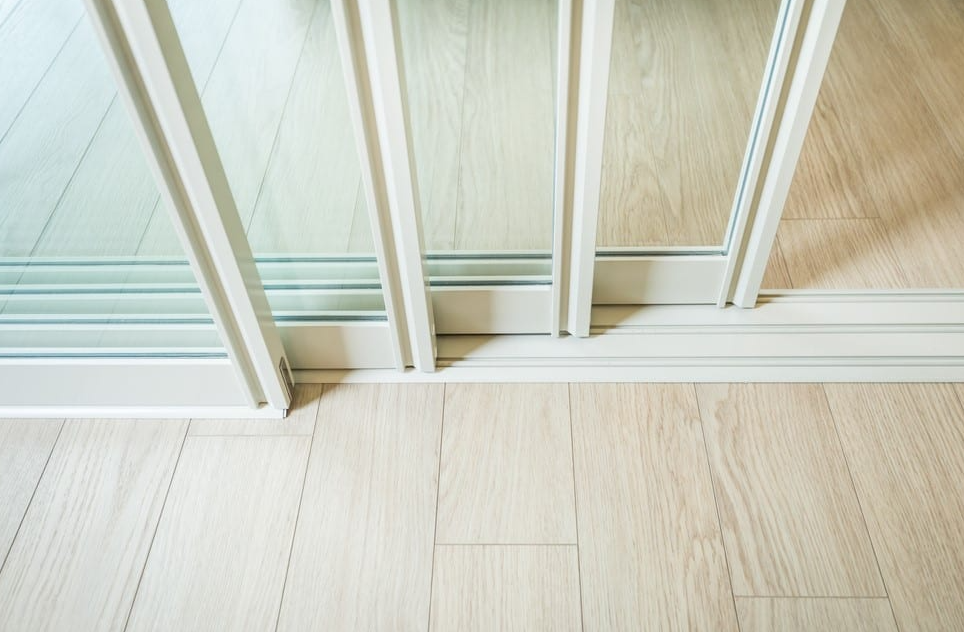
Greater Surface Area Allows More Light Penetration
Stacking doors typically come with expansive glass panels, and this design choice is not just for aesthetics. The large surface area allows for a significant influx of natural light. Illuminating interiors with sunlight not only reduces the dependence on artificial lighting but also creates a more cheerful and vibrant environment. Sunlight has been associated with multiple health benefits, including boosting mood and improving sleep patterns. A space bathed in sunlight can appear larger, cleaner, and more inviting.
For those looking to delve deeper into the importance of natural light in architectural designs, the Wikipedia page on daylighting offers an insightful perspective.
Facilitates Better Airflow with Larger Openings
Beyond just the visual connection, stacking doors create expansive openings, ensuring better airflow. A well-ventilated space is crucial for health as it aids in reducing pollutants, allergens, and humidity. Especially on pleasant days, opening these doors can turn the living space into a naturally conditioned area, with the breeze acting as a natural cooling agent. This kind of ventilation can reduce the need for mechanical cooling systems, leading to energy savings. Moreover, the influx of fresh air can invigorate the living environment, making spaces feel more alive and dynamic.
Versatility in Application
The design world constantly evolves, with an increasing emphasis on solutions that can adapt and cater to diverse needs. Stacking doors, with their blend of aesthetic charm and functional prowess, showcase this evolution, offering a versatile solution that fits varied architectural and design contexts.
Suitable for Both Residential and Commercial Properties
Whether it’s a cozy home or a bustling office space, stacking doors can find their rightful place. In residential settings, they add a touch of modern elegance, transforming living rooms, balconies, or patios into expansive spaces that merge with the outdoors. Homeowners can enjoy the panoramic views of their gardens, or the city skyline, all while benefitting from improved ventilation and natural light.
On the other hand, in commercial properties like restaurants, hotels, or office buildings, stacking doors can serve multiple functions. They can act as an inviting entrance for customers or provide an open-concept workspace for employees, fostering collaboration. Additionally, commercial spaces often prioritize adaptability. Having a conference room that can quickly transform into an open event space by sliding open the stacking doors can be a game-changer. For a comprehensive understanding of how doors shape both residential and commercial architectures, the Wikipedia page on doors offers valuable insights.
Multiple Configurations: From Patio Doors to Room Dividers
The genius of stacking doors lies in their adaptability. Depending on the design requirements, these doors can be tailored into multiple configurations. For instance, in homes with patios or terraces, stacking doors can act as the perfect bridge, seamlessly connecting the indoor living space with the outdoor lounge area. This configuration is not just about aesthetics; it’s about amplifying living space, especially during social gatherings or events.
But the versatility doesn’t stop there. Inside homes or offices, stacking doors can double up as room dividers. In open-concept designs where spaces flow into each other, these doors can provide the option to create segmented areas when needed.
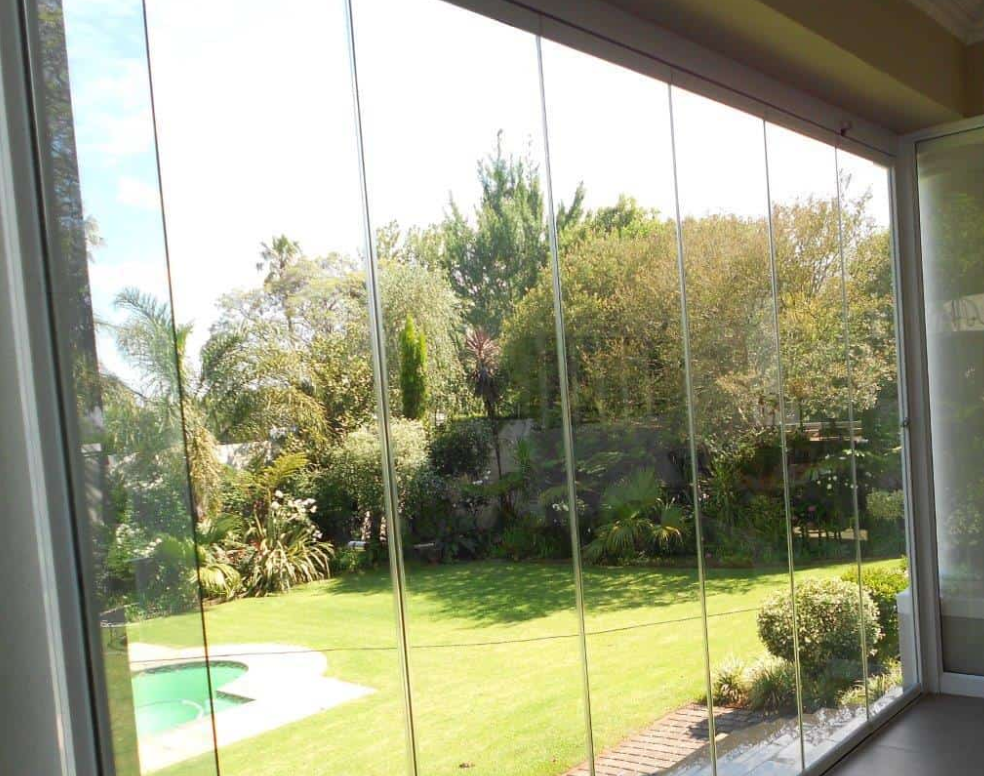
Increased Property Value
In the dynamic realm of real estate, every design choice, every amenity added or altered, can significantly impact the value of a property. Stacking doors, with their blend of aesthetic allure and functional benefits, have emerged as a sought-after feature that can enhance a property’s market appeal and drive its valuation upwards.
Modern Amenity that Can Boost Real Estate Appeal
Today’s homebuyers and renters are not just looking for shelter; they are seeking experiences and spaces that resonate with their lifestyle and aesthetic preferences. Stacking doors, with their sleek design and ability to foster an indoor-outdoor connection, cater precisely to this modern sensibility.
For commercial properties, such as restaurants or offices, the addition of stacking doors can elevate the brand image, showcasing a commitment to modernity and a keen eye for design. The allure of such amenities often translates to increased foot traffic, higher customer retention, and, by extension, better business outcomes.
For a better understanding of how architectural elements influence real estate appeal, the Wikipedia page on real estate valuation sheds light on the various factors at play.
Potential for a Higher Return on Investment
Investing in home improvements always comes with the underlying hope of a substantial return on investment (ROI). Adding stacking doors is not just about beautifying a space; it’s a strategic decision that can offer financial rewards in the long run. When it’s time to sell or rent out the property, homes or commercial spaces with stacking doors often command higher prices or rents than their counterparts without such features.
Beyond the immediate monetary benefits, the ROI also manifests in the form of energy savings, as these doors promote better ventilation and natural lighting, reducing dependence on mechanical cooling or artificial lighting. This dual-fold return—both monetary and experiential—underscores the value proposition of integrating stacking doors into a property.
Safety and Security Features
Enhanced Locking Mechanisms
One of the foundational aspects of security in any door system is the locking mechanism. Stacking doors often come with advanced multi-point locking systems that secure the door at various points along the sliding track. This ensures that potential intruders can’t easily pry the door open.
For those keen on understanding the evolution and intricacies of locking systems, the Wikipedia page on locks offers a deep dive into the world of security mechanisms over the ages.
Option for Reinforced Glass and Materials
Safety isn’t just about preventing break-ins; it’s also about ensuring that the door remains intact under various conditions, including accidents or severe weather events. Many stacking doors offer options for reinforced or tempered glass, which is four to five times stronger than standard glass. In the event of a breakage, tempered glass shatters into small, granular chunks instead of sharp shards, minimizing potential injury.
Additionally, for those living in areas prone to hurricanes or other extreme weather events, there are stacking doors available with impact-resistant glass, designed to withstand the force of flying debris.
For a comprehensive understanding of the different types of glass used in construction and their safety features, the Wikipedia page on safety glass provides a wealth of information.
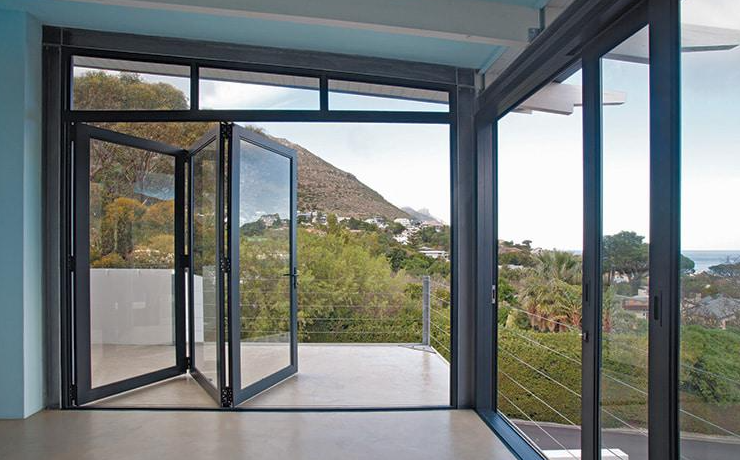
Energy Efficiency
The topic of energy efficiency has taken center stage in architectural and design discussions, especially in light of rising energy costs and increasing environmental consciousness. Stacking doors, while primarily appreciated for their design and space utilization capabilities, also play a pivotal role in enhancing a property’s energy efficiency.
Improved Insulation Options
Stacking doors today often come with advanced insulation features, ensuring that the indoors remain unaffected by the external temperature fluctuations. High-quality stacking doors are equipped with thermal breaks and weather-stripping, which create a barrier between the internal and external environments. This means that during chilly winters, the warmth stays inside, and during scorching summers, the heat remains outside.
Moreover, many stacking doors are available with double or even triple glazing options. These glazing options incorporate multiple layers of glass with spaces in between, often filled with inert gases like argon. This layered setup acts as an added insulator, further enhancing the door’s ability to regulate indoor temperatures effectively.
For those eager to delve into the science and utility of insulation in construction, the Wikipedia page on thermal insulation offers an enriching read.
Potential for Reduced Heating and Cooling Costs
With the aforementioned insulation benefits in place, homeowners and property managers can anticipate a notable decrease in their heating and cooling expenses. Since stacking doors effectively prevent unwanted heat transfer, there’s a reduced dependency on HVAC systems. This means that during winters, heating systems don’t have to work overtime to keep interiors warm, and similarly, in summers, air conditioning units are not constantly running to combat external heat.
This energy efficiency not only translates to financial savings but also contributes to a reduced carbon footprint. Efficient energy use is crucial in today’s world, where sustainable living practices are becoming a norm.
For a comprehensive understanding of how energy-efficient designs impact heating and cooling costs, the Wikipedia section on energy conservation provides valuable insights.
Ease of Maintenance
An often-underestimated attribute of any architectural element is how easy it is to maintain. While a design may be stunning and its functions unparalleled, if it demands intense upkeep, it can become more of a hassle than a benefit. Thankfully, stacking doors, besides their many other advantages, also stand out for their low-maintenance nature.
Simple Cleaning Process
One of the primary chores associated with doors, especially large glass ones, is cleaning. Stacking doors are designed with simplicity in mind. Their smooth surfaces mean that dirt and dust don’t have many crevices to hide in. A routine wipe-down using a soft cloth and some mild soapy water is often enough to keep them sparkling clean. For those aiming to maintain that pristine clarity on the glass, regular cleaning prevents the buildup of hard water spots or other stains. And because they slide instead of swing, there’s no need to move furniture or other items out of the way to clean them.
For tips on effective cleaning techniques for various materials, the Wikipedia page on cleaning can be a handy resource.
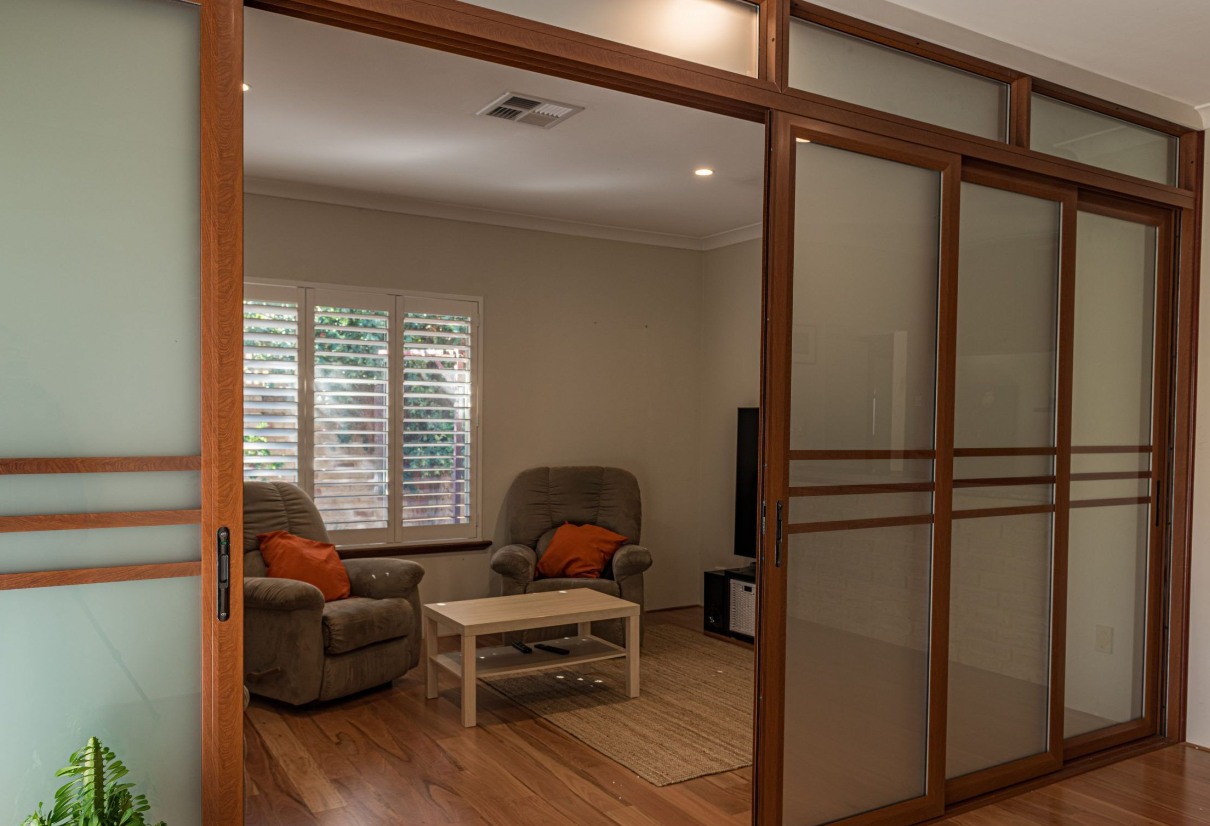
Durable Materials that Resist Wear and Tear
Stacking doors, given their function and size, are constructed using robust materials that can withstand daily usage without showing signs of wear quickly. The frames, whether they’re made of aluminum, wood, or vinyl, are treated to resist factors like corrosion, rotting, or warping. This ensures that they remain functional and aesthetically pleasing for years.
The glass used in stacking doors is often toughened or tempered, which not only enhances safety, as mentioned earlier, but also ensures durability. This type of glass resists scratches and breakages better than standard glass, adding to the door’s lifespan.
For those keen on understanding the durability and lifespan of various construction materials, the Wikipedia article on building material offers insights into the properties of different substances.
